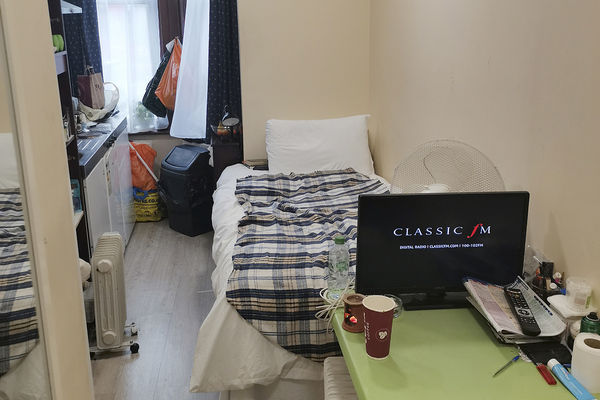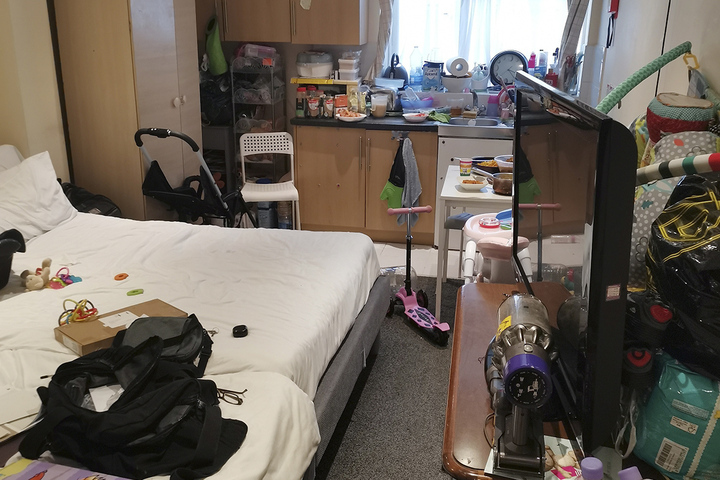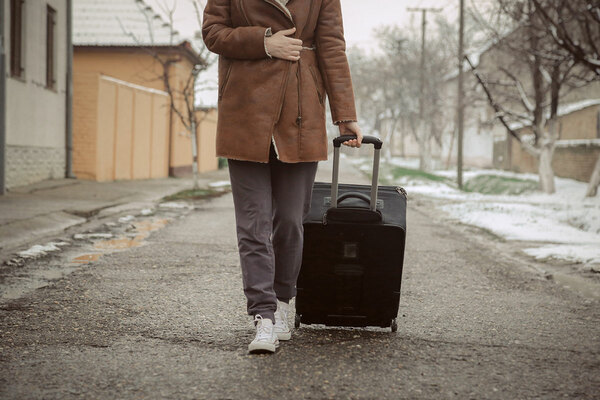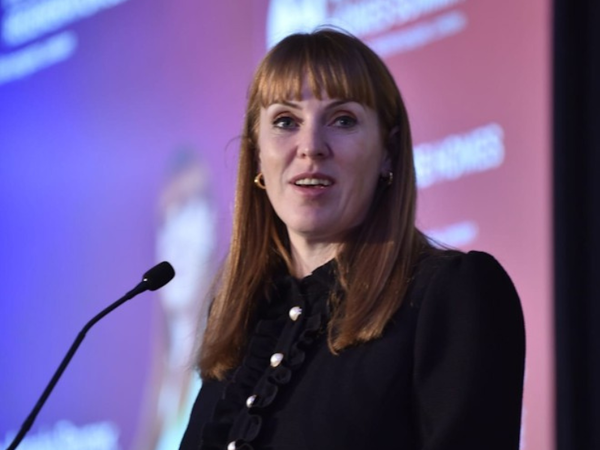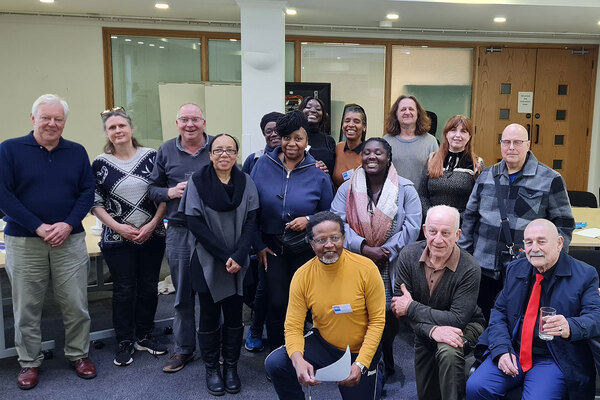
Jules Birch is an award-winning blogger who writes exclusive articles for Inside Housing
The latest homelessness stats are a Russian doll of shame
When the numbers of homeless families in temporary accommodation and B&Bs last hit record highs in the early 2000s, the Labour government did act decisively, writes Jules Birch
Everywhere you look in the latest homelessness statistics, the scale of the crisis facing homeless families and local councils alike stares back at you.
The total number of homeless households in temporary accommodation (which can mean anything but) went past the record highs of the mid-2000s earlier this year and rose to another record of 105,750 in the 12 months to the end of June.
That’s up 1.2% on the previous three months ago and 10.5% on last year. The total included 68,070 families with 138,930 children (another record).
These figures are stark enough at a national level but in the worst-affected local authority, Newham, 50.2 out of every 1,000 households in the borough were in temporary accommodation.
But drill down further and the really shocking increases are in the numbers stuck at the most miserable end of the temporary accommodation crisis in bed and breakfast hotels.
There were 14,090 homeless households in B&Bs in the second quarter, up 37.6% on a year before.
That is now the highest total in statistics that go back to 1998 and include the crisis of the early 2000s that prompted significant intervention from the last Labour government. However, by my reckoning it is also now higher than in the aftermath of the housing market crash in the early 1990s.
“Figures like these explain the financial crisis facing local councils around the country, with several warning of bankruptcy because of the costs of homelessness”
Within that total, there were 4,480 families with children, an increase of 93% on a year ago.
And within that total, like a Russian doll of shame, there were 2,510 families with children who had been in B&Bs for more than the six-week legal limit, an increase of 39% on three months ago, a barely believable 146% on a year before and six times higher than when the Conservatives came to power in 2010.
Figures like these explain the financial crisis facing local councils around the country, with several warning of bankruptcy because of the costs of homelessness.
They are also a major reason why the government finally relented on lifting the freeze on Local Housing Allowance (LHA) rates in the Autumn Statement. Loss of a private rented tenancy remains the main driver of homelessness.
However, the scale of the crisis demands more urgent action. When the numbers of homeless families in temporary accommodation and B&Bs last hit the record highs that have now been exceeded in the early 2000s, the Labour government did act decisively.
Action included setting up a specialist B&B Unit and making the commitment that by March 2004 no family with children should be placed in a B&B except in an emergency and even then for no more than six weeks.
The current government has occasionally warned councils about breaching the six-week limit, but almost 20 years on, the numbers are higher than ever.
That will necessitate a far more radical and proactive approach than ministers have been prepared to take so far, starting with more emergency funding for local authorities and also a long-term strategy.
Although increases in LHA rates next year should at least mean fewer private renter families being made homeless, the numbers will only start to rise again if the Treasury follows through on its plan to freeze rates again from 2025.
“When the numbers of homeless families in temporary accommodation and B&Bs last hit the record highs that have now been exceeded in the early 2000s, the Labour government did act decisively”
If the government really wants to control the LHA bill without creating homelessness in the process, the only long-term solution is, of course, more social housing.
On that front at least there was some relatively good news in more official statistics on affordable housing supply on Thursday.
Total completions of affordable homes (from all sources including Section 106) rose 7.5 per cent in 2022-23 to 63,605.
Within those ‘affordable’ totals, though, completions for social rent (9,561) and London Affordable Rent (2,741) took up a greater share than before. The combined total of 12,302 completions in 2022-23 was comfortably the highest achieved since the coalition government slashed funding and introduced affordable (up to 80 per cent of market) rent after 2010.
But even these figures are relative: that is only enough to cover the number of households newly accepted as homeless and in priority need in the past three months.
In 2010-11, under the programme inherited from Labour, social rent completions were more than three times higher at 39,562. Even that would only cover nine months’ worth of homeless acceptances now.
If this government, or the next, wants to get serious about homelessness, temporary accommodation and B&Bs, bridging that gap would be a good place to start.
Jules Birch, columnist, Inside Housing
Sign up for our homelessness bulletin
Already have an account? Click here to manage your newsletters

